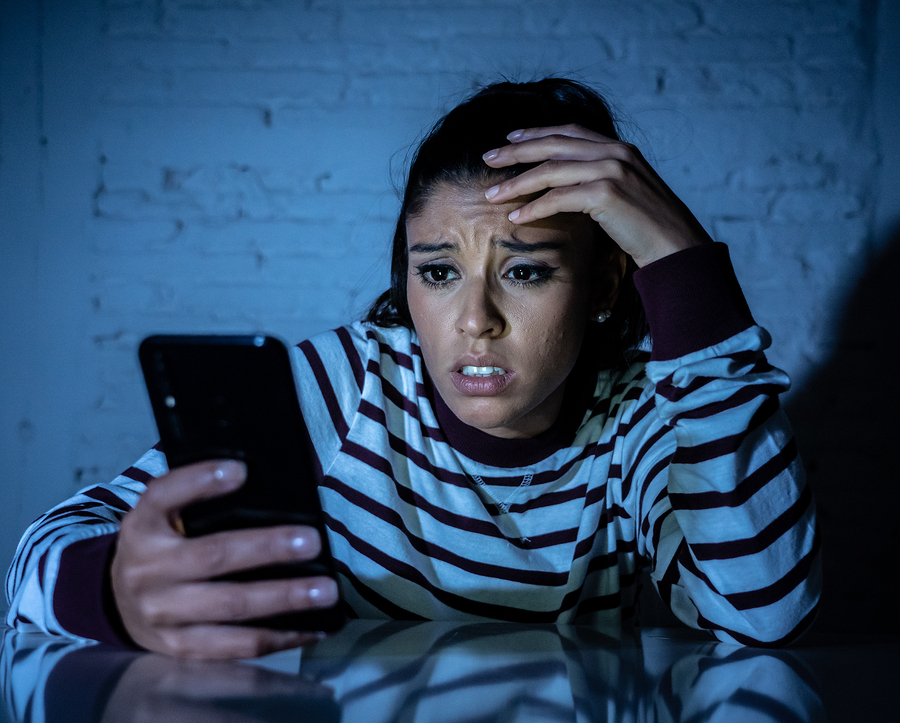A new study from researchers at the Johns Hopkins Bloomberg School of Health indicates that teens who spend more than three hours a day on social media are more likely exhibit behaviors that may indicate mental health problems when compared to adolescents who do not use social media at all.
The study was published last week in JAMA Psychiatry. It examined the time teens reported spending on social media, as well as behaviors called internalizing and externalizing, which can be indicators of mental health problems. According to the report:
Internalizing behaviors can involve social withdrawal, directing feelings inward, or difficulty coping with anxiety or depression. Externalizing behaviors can include aggression, acting out, disobeying, or other observable behaviors.
Use of social media for any amount of time was associated with both a greater risk of reporting internalizing problems alone and concurrent symptoms of both internalizing and externalizing problems.1
RELATED STORY
The study did not find a significant relationship with social media use and externalizing problems alone. Teens who spent at least three hours on social media a day had the highest chance of reporting internalizing problems alone.
Lead author Kira Riehm, a doctoral student in the Department of Mental Health at the Bloomberg School stated:
“Many existing studies have found a link between digital or social media use and adolescent health, but few look at this association across time. Our study shows that teens who report high levels of time spent on social media are more likely to report internalizing problems a year later. We cannot conclude that social media causes mental health problems, but we do think that less time on social media may be better for teens’ health.“1
RELATED STORY:
Social media use among teens is broad. Recent polls have found that 95 percent of teens in the U.S. have access to a smartphone and close to 75 percent of teens have at least one social media account. The use of social media has both health risks and benefits. These platforms often provide ways to connect with peers and information and resources on causes important to them, but there are risks of cyberbullying and other digital aggressions.
To conduct their study, the researchers used a nationally representative sample of U.S. adolescents ages 13 to 17 from the federally funded Population Assessment of Tobacco and Health Study between 2013 and 2016. The study collected data over three years, and the analysis involved 6,595 respondents. Each year, participants were asked how much time they spent on social media as well as questions pertaining to symptoms of internal and external mental health problems.1
RELATED STORY:
The study found that:
- About 17% of adolescents said they did not use social media
- 32% reported spending less than 30 minutes
- 31% reported spending 30 minutes to three hours
- 12% reported spending three to six hours
- 8% reported spending more than six hours per day1
Researchers also found that:
- About 9% of participants reported experiencing only internalizing problems
- 14% reported experiencing externalizing problems only
- 18% reported experiencing both internal and external problems
- 59% reported no or low problems1
RELATED STORY:
The study found no links between social media use and mental health problems and gender. Riehm concluded:
“Social media has the ability to connect adolescents who may be excluded in their daily life. We need to find a better way to balance the benefits of social media with possible negative health outcomes. Setting reasonable boundaries, improving the design of social media platforms, and focusing interventions on media literacy are all ways in which we can potentially find this equilibrium.”1












